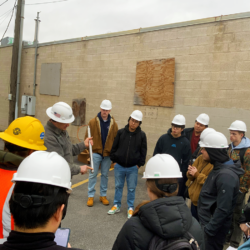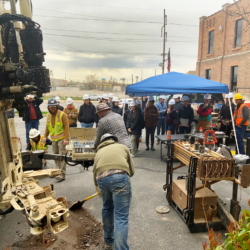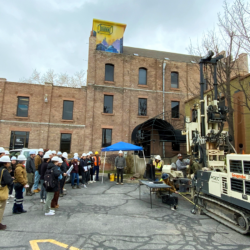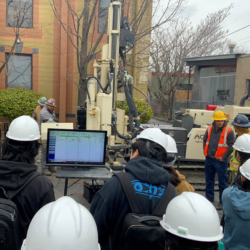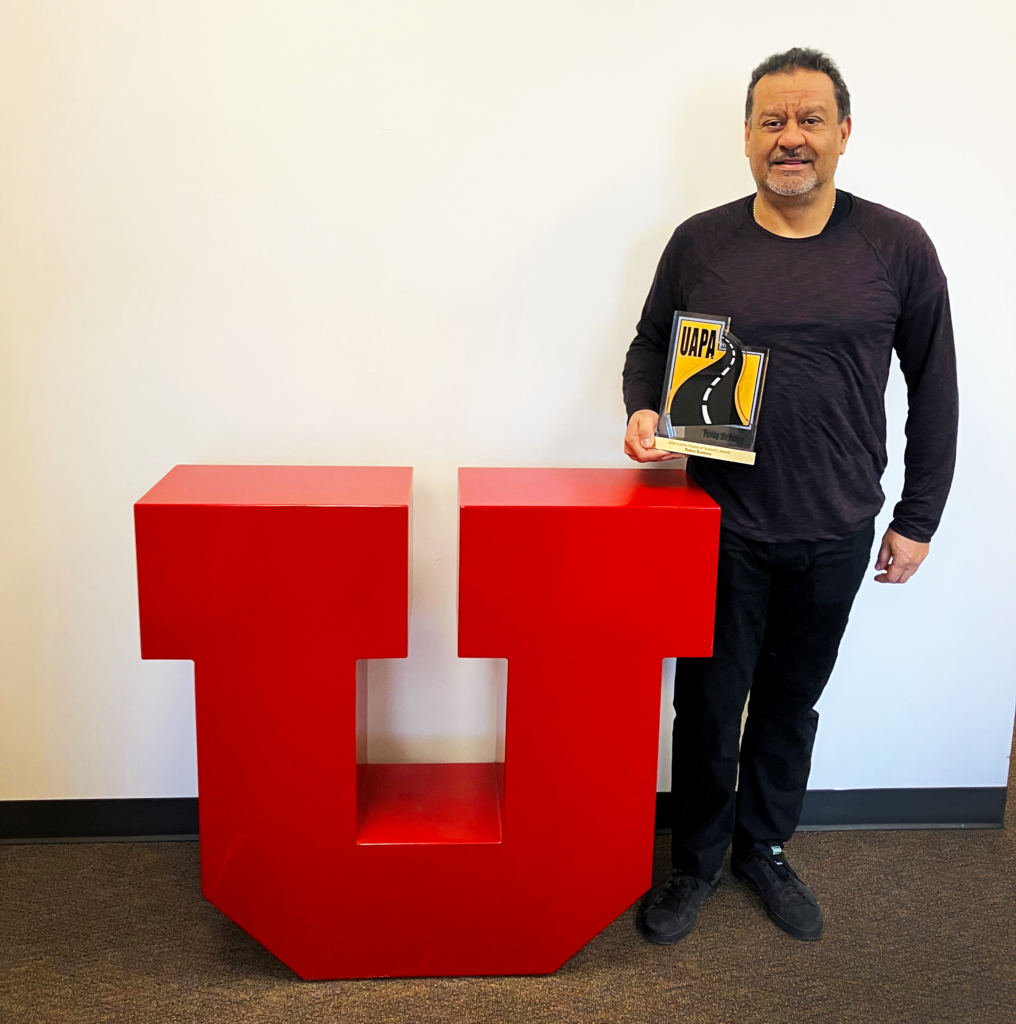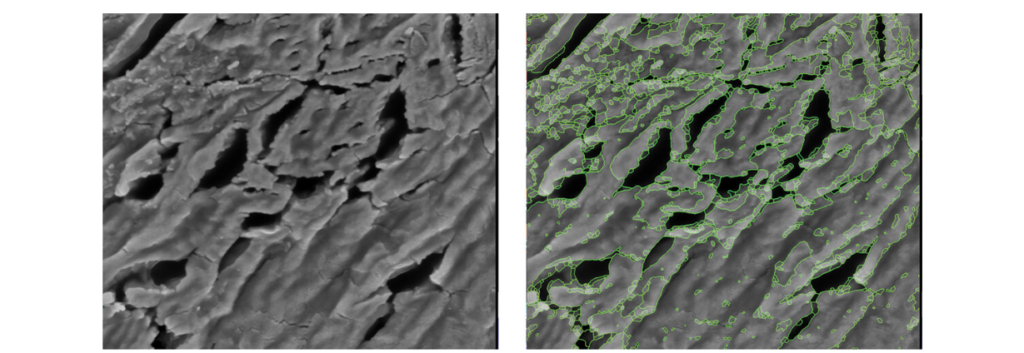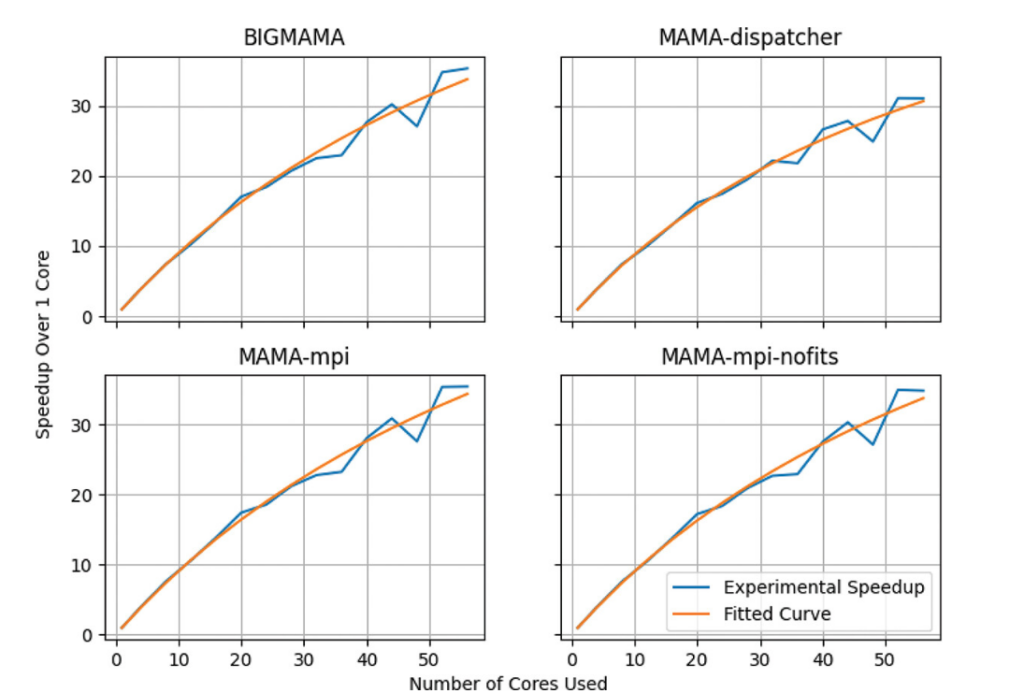The U’s ASCE Student Chapter Shines Bright at Symposium
Every year, the ASCE Student Symposium brings the ingenuity and passion of engineering students together for camaraderie, competition, and shared learning. We’re pleased to report that our student chapter came back from this year’s Symposium with some well-earned accolades, including 2024’s Distinguished Chapter Award and their second Certificate of Commendation.
Utah State University hosted the ASCE Student Symposium in Logan, UT from April 11 – 13th, drawing students from across the Intermountain Southwest Conference Region. For the U’s ASCE chapter, this event served as a platform to demonstrate their recent hard work and dedication.
Amidst the spirited symposium atmosphere, the U’s ASCE chapter distinguished itself with remarkable achievements:
- 2nd Place in the Paper Competition: Erik Bond’s eloquent presentation on ethics captivated the audience, earning accolades and recognition for the chapter’s insightful contributions.
- 2nd Place in the Construction Institute Competition: Led by Evan Blass, Sarah Neves, Kyle Wineteer, and Szymon Zeliszcak, the chapter excelled in tackling real-world construction challenges, showcasing their expertise and professionalism.
Leadership in Action
Congratulations to ASCE for another successful year! President Kamryn Cupal has led with dedication, fostering a sense of collegiality while striving for every member’s success. As Evan Blass steps into the presidency next year, the chapter looks forward to continuing its momentum.
Behind the scenes, Dr. Christine Pomeroy has been a guiding force in her role as faculty advisor, nurturing a culture of excellence and innovation within the chapter.
“I am so proud of our ASCE student chapter,” said Dr. Pomeroy. “Our membership is comprised of future industry leaders. They are a group of bright, hardworking, and enthusiastic students.”
Dr. Pomeroy, faculty advisor for ASCE for 7 years, has been instrumental in the chapter’s growth and success. Under her guidance, the chapter was recognized for its commitment to excellence and innovation by receiving the Distinguished Chapter Award, which is only given to one out of the 36 student chapters in the Intermountain Southwest Conference Region.
Additionally, thanks to Dr. Pomeroy’s efforts, the chapter has received two Certificates of Commendation (2024, 2024) for its outstanding activities as recorded in the ASCE’s Chapter Annual Report. This is a distinction earned by only the top 5% of all student chapters worldwide.
Standing as a testament to the power of mentorship and the potential of passionate engineering students, the chapter is poised to continue its legacy of excellence at future symposiums and within the engineering community.

